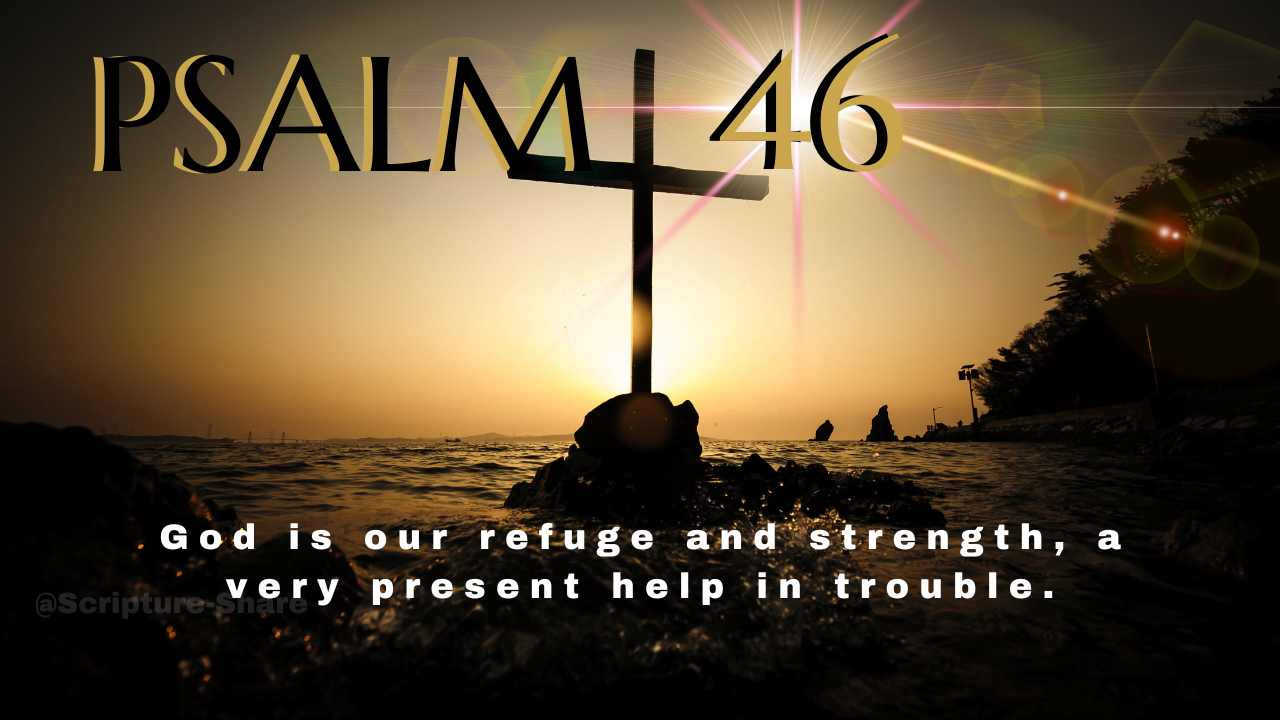No products in the cart.
How To Create Personal Altars for Daily Reflection
ADVERTISEMENT
This post contains paid and/or affiliate links. I make a small commission at no extra cost to you. Please see our Privacy Policy.
A guide on creating personal altars for daily reflection. In today’s fast-paced world, finding calm and inner peace is essential for our well-being. Personal altars offer a beautiful way to cultivate mindfulness and create a sacred space for daily reflection.
Whether you are a seasoned practitioner or just starting your mindfulness journey, personal altars can enhance your spiritual practice and provide a sense of grounding and connection.
ADVERTISEMENT
Throughout history, personal altars have been used in various cultures and religions to connect with one’s higher self and spiritual beliefs. From ancient shrines in Greece to modern altars in Mexico, these sacred spaces have served as portals to the divine. You can bring this ancient tradition into your daily life by creating a personal altar at home.
There are no strict rules when it comes to creating a personal altar. The most important thing is to create a space that feels right and comfortable for you. Common elements to include on your altar are candles, elements of nature, sacred objects, oracle cards, sacred texts, and items that hold personal meaning. These objects will inspire and support your daily practice, helping you find clarity, peace, and a deeper connection with yourself.
The benefits of personal altars, why they are meaningful in our lives, how to create your sacred space, and what items to include on your altar. Together, let’s embark on this journey of self-reflection and mindfulness practice as we build our altars and nurture our inner peace.
Why Make a Personal Altar at Home?
Throughout history, altars and shrines have provided a meaningful way for individuals to express their deepest thoughts and emotions. Personal altars created in the comfort of our homes offer a tangible and visible representation of our spirituality and inner desires. These sacred spaces serve as havens for healing, reflection, and personal growth.
By incorporating a personal altar into our home, we can ground and energize ourselves, fostering creativity and illuminating our most authentic aspirations. Personal altars also provide solace and comfort during grief and loss, providing support and healing.
Creating a personal altar at home allows us to establish a sense of predictability and connection in our daily lives. It provides a dedicated space to ground our yearnings, sorrows, and joys into concrete, intentional activities. Our altar becomes a physical manifestation of our intention to embrace and cultivate reflection and healing.
ADVERTISEMENT
How to Create Your Sacred Altar Space
Creating a sacred altar is a deeply personal process that allows individuals to connect with their spirituality and inner selves. While there are no strict rules or guidelines, the key is to listen to your heart and trust your intuition.
When choosing a location for your altar, please consider a space that feels right and comfortable. It could be a small table, shelf, windowsill, or any flat surface in your home. Remember, the size of the altar doesn’t matter; it can be as large or as small as you prefer, depending on your personal preferences and the available space.
Keeping your altar clean and clutter-free is essential. This helps create a tranquil atmosphere and ensures the focus remains on your sacred objects and intentions.
ADVERTISEMENT
The objects you choose to include on your altar should be meaningful and inspiring to you. Consider incorporating items such as candles, elements of nature, sacred objects, oracle cards, sacred texts, and other objects that hold personal significance. These items can help create a sense of connection and peace.
The design of your altar should reflect your unique needs and aesthetic preferences. Arrange the objects in a harmonious way, and create a space that resonates with your intentions and desires.
What Goes on Your Altar?
The items placed on the altar are highly personal and should be chosen based on what resonates with you. Here are some everyday items that you can consider including:
Advertisement. Scroll to continue reading.
- Candles: Candles symbolize the element of fire and can elevate the energy of the altar.
- Elements of Nature: Incorporating elements of nature such as feathers, stones, flowers, crystals, plants, shells, sand, and water can bring a sense of grounding and connection to the natural world.
- Sacred Objects: Statues or icons of deities or saints can represent specific beliefs or qualities you wish to cultivate.
- Oracle Cards and Pieces of Art: Oracle cards and art pieces can provide inspiration and guidance during spiritual practice.
- Sacred Texts: Place sacred texts and prayer books on your altar for study and reflection.
- Offerings: Honor and connect with the divine by including offerings such as flowers, fruit, candles, or incense.
Remember, your altar should reflect you and your spiritual journey. Choose items that are authentic and meaningful to you. Experiment with different combinations and arrangements to create a space that inspires and uplifts you.
Conclusion
Creating a personal altar for daily reflection is a transformative practice that can significantly enhance our mindfulness and spiritual growth. These sacred spaces serve as a dedicated sanctuary within our homes, providing a peaceful and serene environment for prayer, meditation, and personal introspection.
Advertisement. Scroll to continue reading.
When designing our altars, it is important to trust our intuition and create a space that resonates with us on a deep level. There are no strict rules or guidelines; instead, we should include objects and elements that hold personal meaning and inspire a sense of connection and peace. Whether it’s candles that symbolize the element of fire, crystals that bring grounding energy, or sacred texts that speak to our souls, each item can enhance our spiritual practice.
We can cultivate a daily mindfulness habit by dedicating time each day to sit in front of our altars and reflect. This practice allows us to center ourselves, find inner calm, and nurture our connection to our higher self. It is a profound way to foster self-awareness, gratitude, and a deeper understanding of our spiritual journey. Daily reflection allows us to navigate life’s challenges with greater clarity and compassion.
As we create our altars, let us approach them with curiosity and open-mindedness. May these sacred spaces become our sanctuaries for self-discovery and self-care, guiding us toward inner peace and fulfillment. Let us embrace the power of personal altars and daily reflection as tools for awakening our souls and living with greater mindfulness.
FAQ
Why should I create a personal altar at home?
Creating a personal altar at home provides a dedicated and sacred space for daily reflection, mindfulness practice, and spiritual growth.
Where should I create my sacred altar space?
You can choose a location for your altar that feels right and comfortable. It can be a small table, shelf, windowsill, or any flat surface in your home.
What should I include on my altar?
You can include items such as candles, elements of nature, sacred objects, oracle cards, sacred texts, and items that hold personal meaning and inspire connection and peace.
How should I design my altar?
The design of your altar should reflect your unique needs and aesthetic preferences. Trust your intuition and create a space that feels authentic to you.
Can you give some examples of altar items?
Everyday altar items include candles, elements of nature like feathers and crystals, sacred objects such as statues or icons, oracle cards, sacred texts, and offerings to honor the divine.
What is the purpose of a personal altar?
Personal altars serve as a space for prayer, meditation, reflection, and connecting with one’s higher self. They can enhance mindfulness, inner peace, and fulfillment.
ADVERTISEMENT
ADVERTISEMENT











